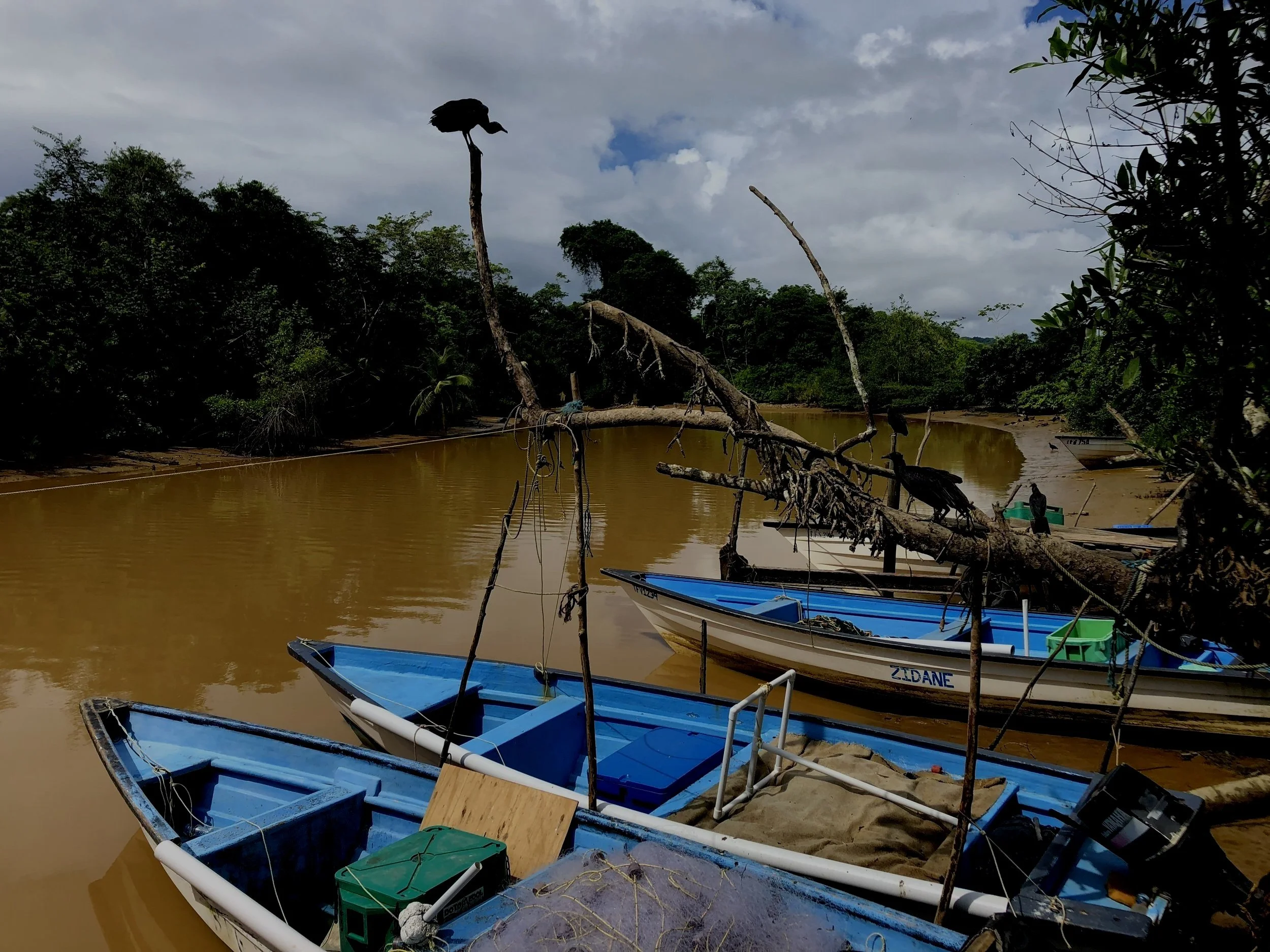
Convergent Crimes
Drug Trafficking
Drug trafficking refers to the illegal cultivation, manufacture, distribution, and sale of narcotic substances, often carried out by transnational criminal networks operating across land, sea, and air routes. In the Caribbean, the region's strategic location has made it a key transit zone for cocaine and other drugs moving from South America to North America and Europe. These trafficking routes are frequently shared with the illegal wildlife trade, with drug-smuggling infrastructure, networks, and tactics being used to move wildlife and wildlife products under the radar of law enforcement.
The convergence of drug trafficking and wildlife crime creates serious enforcement challenges by embedding wildlife offences within highly organised and well-funded criminal operations. This undermines the rule of law, contributes to widespread corruption, and increases the threat of violence for enforcement personnel and communities. In some cases, wild animals or their products are exchanged as barter within the drug trade, further devaluing biodiversity and compromising animal welfare. Drug-related instability and violence also have far-reaching effects on human well-being and governance systems across the region.
While the overlap between drug and wildlife trafficking is becoming more visible, especially in known smuggling hotspots, further research and joint investigations are needed to fully understand and disrupt these linked criminal flows. Strengthening inter-agency coordination and targeting shared trafficking routes will be essential to reduce the compounded threats posed by drug networks involved in wildlife crime.
Related Blogs
Our blog section is growing. Check back soon for new posts related to this topic.
